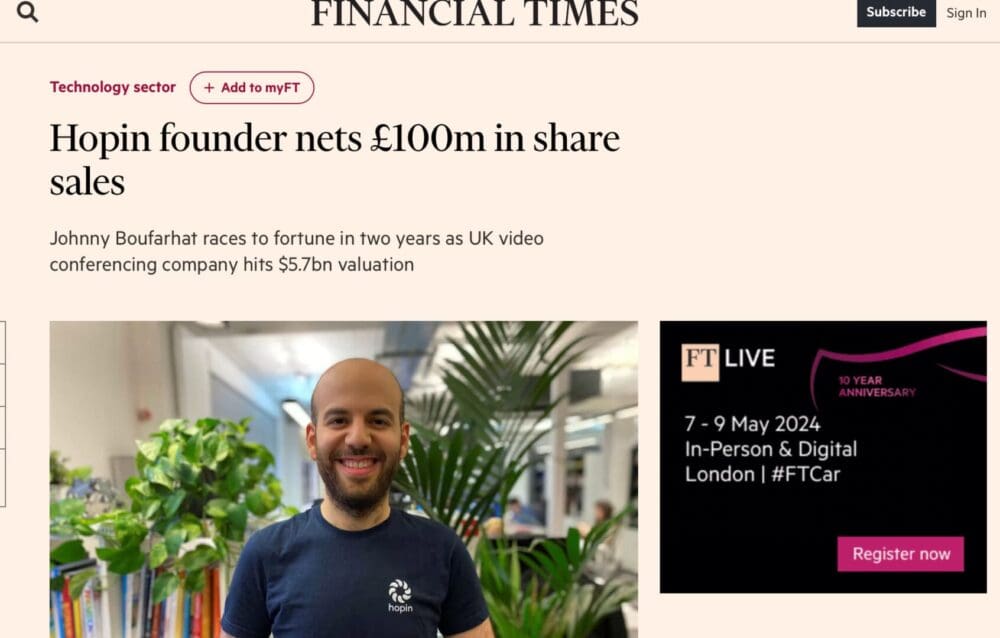Not by default.
But — as startup valuations and round sizes have grown in particular, it’s become much more commo in later-stage venture rounds..
As a general rule, in any deal with a valuation > $100m-$150m that is “hot” … secondary liquidity of some form is often on the table.
One of the ways Bigger VCs compete with each other is via secondary liquidity in Big Rounds. And done right, it also lets them increase their ownership a smidge.
My view as a founder+investor is that secondary liquidity, done right, is key to making the 7–10+ year stretch it takes to build a real unicorn, a real success. It can de-stress that journey, done right, at the right time in the right way.
Done right, it helps founders go long. Done wrong though it rewards mediocrity, best case, and worst case encourages check-out-ism.
Because of this, my personal view is that secondary liquidity before an $80-$100m valuation round for the CEO/founders at least is a sign of weakness in the founders, that they aren’t going for it. If you really think you are building a $5b company — why sell $1m of stock at a $50m valuation? It’s just way too dilutive for you. A huge amount of your hard-earned sweat equity will be gone, overnight. Which makes no sense at a cheap price. It shows, no matter what you say, that you really don’t believe you are building something big. It shows, no matter what you say, you aren’t building a venture-backed potentially hyper-growth $100m+ ARR company. Which is OK. Just not for VC.
But in absolute terms, as a valuation approaches $100m-$150m+, a founder can sell a relatively small amount of their stock (not that dilutive) and create enough liquidity to de-stress their life. That’s great for everyone. Especially, if the company has also been de-risked.
If nothing else, try to hold out for the Next Round. If you can. If you believe.
A bit more here:


